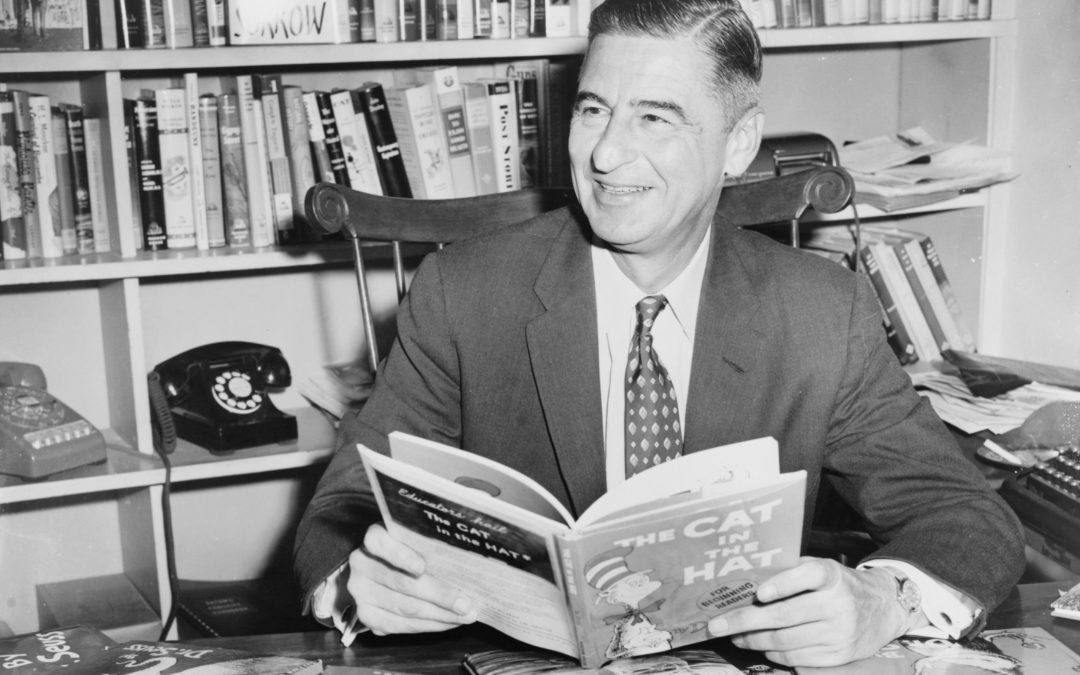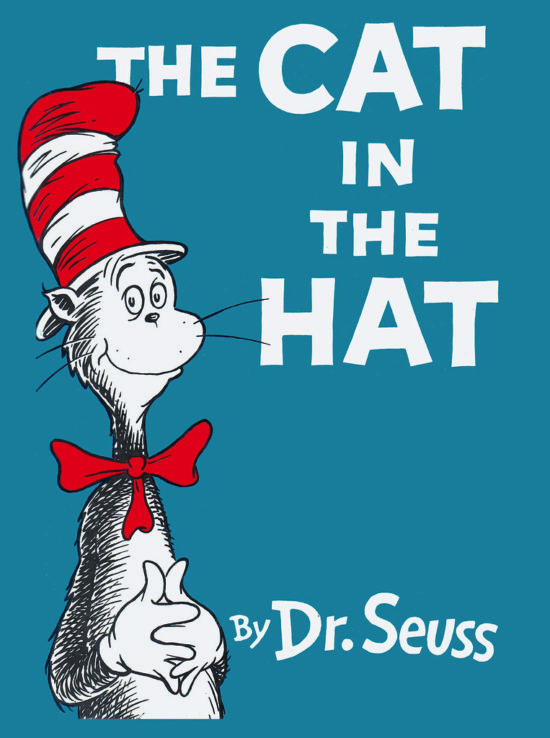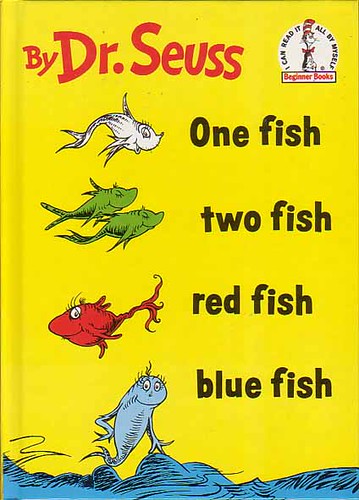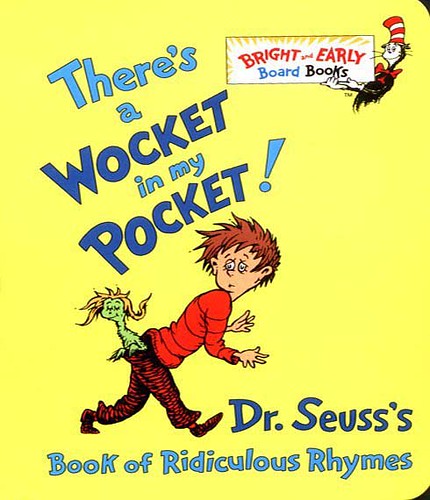Who is Dr. Seuss?
Born in 1904 in Springfield Massachusetts, Theodore Seuss Geisel could be regarded as the most considerable and popular english speaking childrens book author (and cartoonists) of the 20th century. Under the psyeudonym „Dr. Seuss“, more than 60 books were written and illustrated by the author over the long course of his career. Besides the the very famous pseudonym „Dr. Seuss“, the author also published several books as „Theo. LeSieg“ and one book as „Rosetta Stone.“
At the age of 18, Geisel left home to attend Dartmouth College. There he became the editor in chief of the humor magazine „Jack-O-Lantern“. After beeing caught drinking in his dorm room one night with a friend, Geisel was kicked off the magazine staff in violation of Prohibition law. In consequence, he continued his work for the magazine using the pseudonym „Seuss.“
After his graduation from Dartmouth College, Seuss studied Literature at the Lincoln College of Oxford University until 1927. His first publication under the name of „Dr. Seuss“ was „ And to Think That I Saw It on Mulberry Street“ in 1937. Before its final publication by Vanguard Press, the book was rejected 27 times. Among several contributions in the form of weekly political cartoons to the liberal publication PM, „Dr. Seuss“ published many (well known) children´s books over three decades, as this selection shows:
- The Cat in the Hat (1957)
- How the Grinch Stole Christmas (1957)
- Green Eggs and Ham (1960)
- Horton Hears a Who! (1962)
- Dr. Seuss’s ABC: An Amazing Alphabet Book! (1963)
- Fox in Socks (1965)
- The Lorax (1971)
- Oh, the Places You’ll Go! (1990)
In 1984, Theodore Seuss Geisel was honored with the Pulitzer Prize „For his special contribution over nearly half a century to the education and enjoyment of America’s children and their parents“1. In 1991 Theodore Seuss Geisel died at his home in La Jolla, California.
March 2nd – Dr. Seuss Day
Dr. Seuss Day, also known as Read Across America Day, is annually celebrated in the USA. The day was inaugurated by the NEA (National Education Association). It is held on the school day that is nearest to March 2nd, Dr. Seuss‘ birthday. The Read Across America Day, respectively, Dr. Seuss Day is an initiative on reading that began in 1997. Since then it has aimed at encouraging children to read more books and get them excited about reading. The first Read Across America Day was celebrated on March 2nd, 1998. On this day, many institutions such as hospitals, bookstores, community centres, churches, libraries as well as schools host many events. The special day is supported by NEA members and about 50 national associations and organisations. Additionally, NEA supports all those who celebrate the day with various resource materials. More information on that topic can be found here.
How to characterize Dr. Seuss books?
Dr. Seuss‘ work can be seen from different perspectives. One the one hand, he created linguistically more or less complex texts with tongue twisters and own word creations. One particularity of Seuss‘ books is, however, that some of them consist of a very limited number of distinct words. One of his most popular books, Green Eggs and Ham (1960), consists of not more than 50 distinct words as well as The Cat in the Hat (1957) – another book which was limited to 236 distinct words. For The Cat in the Hat, for example, Seuss got a list with 348 words that were selected from a standard first grader’s vocabulary list. His book was aiming at creating a story first graders can not put down and which fosters their interest in reading. Even though Seuss‘ books often are lexically limited they are not boring and not only relevant for primary school children. His stories and characters sometimes seem to be rather peculiar. They are highly imaginative and often lead to questions each reader can answer himself/ herself.
Additionally, Seuss is celebrated as an artist as his illustrations underline his particular style. The combination of his linguistic and artistic input make Dr. Seuss‘ books unique a nd his popularity remains. For more information on the artistic work of Theodore Seuss Geisel, visit this very interesting website: https://www.drseussart.com/bioartofseuss
Practice your English with Dr. Seuss
As the brief characterization of Dr. Seuss‘ work already indicates, his books are not only relevant for primary school children with English as their first language. The reduction to a certain number of words, Seuss‘ choice of words and his own word creation make his books also relevant for EFL Learners. In general children books a great source for EFL learners as …
- … illustrations help to associate new vocabulary or phrases with a picture or an object. Consequently, you will remember them more easily.
- … the linguistic simplicity helps to focus on particular lexical or grammatical phenomena, and can also draw your attention to interesting phonetic and pronunciation items.
- … you learn with authentic material. Childrens‘ literature not only reveals linguistic issues, it also might tell you something about the culture itself, depending on the choice of topics and characters of the books.
Many of Dr. Seuss‘ books can be found on Youtube where they are read by native speakers. Fox in Socks (1965), for example, is ideally suitable for practicing your pronunciation. Even listening and trying to imitate the pronunciation can already be a great way to improve your pronunciation skills.
Have you ever tried to practice your English with childrens‘ books? We are looking forward to your recommendations! Do not hesitate to share your experiences and get in touch!
1 https://www.pulitzer.org/winners/theodor-seuss-geisel-dr-seuss








